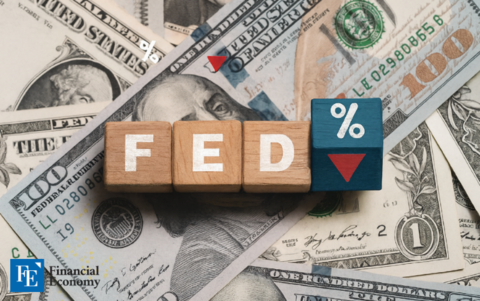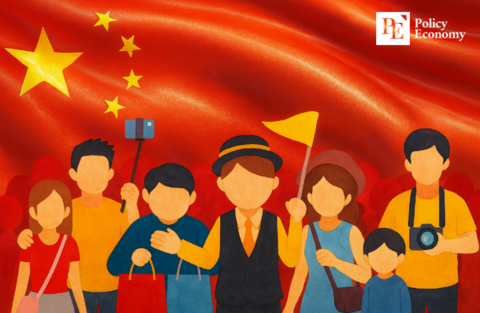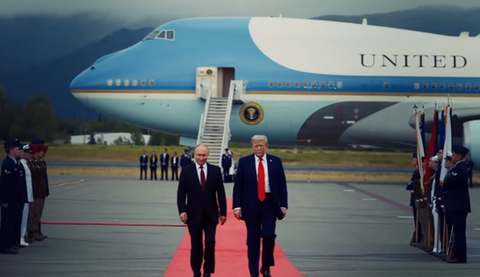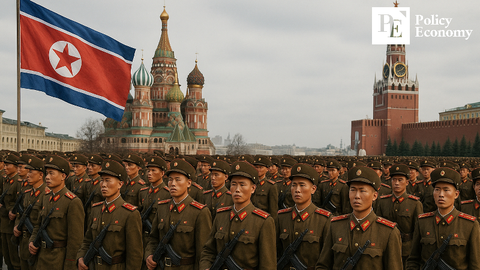Trump Reverses Tariff Policy with China Deal — Seen as ‘Retreat’ Amid U.S. Recession Fears
Input
Changed
U.S. Tariffs on China Cut from 145% to 30%, China's Tariffs on U.S. Reduced from 125% to 10% Early Signs of Consumer Spending Slowdown — Impact Could Spread Rapidly if Growth Stalls Tariffs Hinder Economic Growth and Fail to Reduce Trade Deficit

U.S. President Donald Trump has decided to drastically reduce the high tariffs — up to 145% — previously imposed on Chinese goods. Analysts say this marks a clear limit to Trump’s hardline tariff strategy, as it began placing too much burden on U.S. businesses.
U.S. and China Agree to Cut Tariffs by 115 Percentage Points for 90 Days
On the 12th (local time), President Trump said during a White House press briefing, “They [China] agreed to open up — fully open up,” adding, “I think this will be a very good thing for China.” He also said, “It will also be very good for us and will greatly help integration and peace,” and described the Geneva negotiations as “very friendly,” noting that bilateral relations were strong. “We’re not trying to hurt China,” he added, claiming that “China was suffering significant damage.” Trump also mentioned he could speak with Chinese President Xi Jinping within the week.
During high-level trade talks held since the 10th in Geneva, Switzerland, the U.S. and China agreed to reduce tariffs on each other by 115 percentage points over the next 90 days. Starting on the 14th, the U.S. will lower tariffs on Chinese goods from 145% to 30%, with 20% targeting fentanyl-related products and a base 10% tariff remaining. China will also reduce its tariffs on U.S. products from 125% to 10%. According to the White House, China will also suspend or withdraw non-tariff retaliatory measures imposed on the U.S. since April 2.
This grace period gives both countries more time to negotiate a broader trade deal. President Trump stated that even if a long-term deal isn’t reached during the 90-day window, he won’t raise tariffs back to 145%, though he did warn they “will increase significantly” — possibly above 30%. The Financial Times noted, “Tariff reductions between the U.S. and China came earlier and were steeper than markets expected.”
U.S. and China Settle for Compromise as Their Economies Start to Feel the Pain
After fierce back-and-forth escalation, the global market — rattled by recession fears from the trade war between the world’s two largest economies — responded with cautious relief. The Hong Kong Hang Seng Index, which includes many Chinese firms, surged 3% following the announcement. However, as the tariff cuts are temporary (90 days), uncertainty may rise again depending on future negotiations.
The second round of the U.S.-China trade war began under Trump’s second term when the U.S. imposed an additional 20% tariff in February and March over China’s fentanyl exports. Citing the growing trade deficit, the U.S. slapped a total 125% tariff on all Chinese goods last month — reaching a cumulative 145%. In response, China imposed retaliatory tariffs of 125% on U.S. products and restricted exports of seven rare earth minerals, escalating the standoff to near full trade rupture — until the dramatic compromise.
Previously, on the 9th, Trump had said a tariff level of 80% on China would be “appropriate,” but the newly announced cuts exceeded expectations. What began as a tit-for-tat tariff exchange evolved into a personal contest of pride between Trump and Xi Jinping. However, with rising concerns about the economic fallout — U.S. stock, bond, and currency markets all dropped, and China began seeing manufacturing job risks due to reduced exports — both sides have now agreed to a ceasefire.
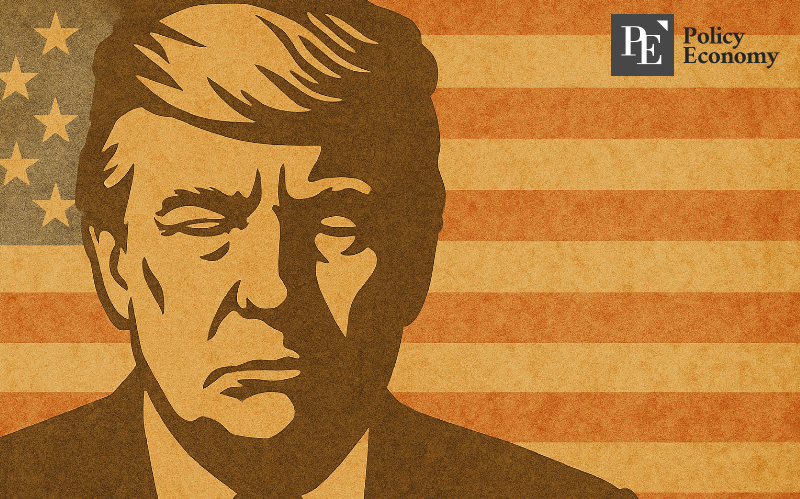
"The Biggest Victims Are U.S. Consumers" — Concerns Mount Within America
Experts widely agree that the recent compromise highlights the limitations of President Trump's aggressive trade policies. While the tariff hikes did indeed deal a blow to China, they also had significant side effects within the U.S., such as rising consumer prices and supply chain disruptions. U.S. importers faced the threat of business shutdowns due to soaring costs, while manufacturers worried about the halted supply of critical materials like rare minerals and magnets — areas where they are heavily dependent on China.
There was also growing concern that tariffs on imported goods were being passed on to American consumers in the form of higher prices, which could suppress consumer spending and trigger an economic downturn. In fact, a February report from Yale University's Budget Lab estimated that if the U.S. aligned its tariffs and value-added taxes (VAT) with those of other countries, its effective tariff rate would rise by 13 percentage points and consumer prices would increase by 1.7% to 2.1%.
This inflation would not be limited to new homes and cars but could spread across the entire spectrum of consumer services, including public transportation and finance — placing an even greater burden on low-income households. The Center for American Progress projected that Trump’s tariff policies would cost the average American household an additional $5,200 per year (about 7.37 million KRW).
Moreover, tariffs are unlikely to achieve Trump's ultimate goal of reducing the U.S. trade deficit. They run counter to basic economic principles. The U.S. currently suffers from a massive federal budget deficit and chronic under-saving, which means domestic investment demand can't be met internally. In fact, the U.S. had a net savings shortfall of $971 billion (approx. 1,376 trillion KRW) last year — almost exactly the gap between its $1.2 trillion goods trade deficit and a $300 billion surplus in services.
In this context, foreign capital is filling the gap and investing heavily in U.S. assets — a structural advantage that comes from the U.S. being the issuer of the world's reserve currency and having the largest capital market. Steve Hanke, an economist at Johns Hopkins University, called this a "mechanism that allows consumption beyond production" and criticized Trump for misunderstanding the true nature of the trade deficit. In short, while tariffs may have a temporary effect on reducing imports, they cannot fundamentally solve trade imbalances without an increase in savings or a reduction in investment demand.


